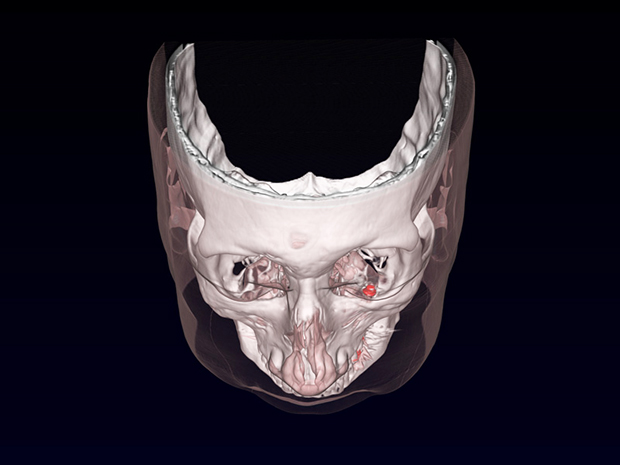Please use the sharing tools found via the email icon at the top of articles. Copying articles to share with others is a breach of FT.com T&Cs and Copyright Policy. Email [email protected] to buy additional rights. Subscribers may share up to 10 or 20 articles per month using the gift article service. More information can be found here.
Tom Nichols loads chunks of wild pig carcass into his motorboat as he prepares to bait dozens of crocodile traps in Darwin harbour. “The biggest croc I’ve caught was 5.4 metres long but I’ve seen 6m ones,” says the chief wildlife ranger in Australia’s Northern Territory. Mr Nichols and his team are the city’s frontline defenders against a surge in the population of saltwater crocodiles, which are encroaching into its waterways and fuelling a US$1bn-plus trade in crocodile skins sourced by global fashion houses including Louis Vuitton and Hermès. This year 181 have been trapped around Darwin, a figure two-thirds higher than at the same period last year. Each time Mr Nichols catches a crocodile it is brought to one of the half dozen nearby farms, which produce the leather used to make luxury handbags and other goods. “We found a 2m crocodile in a suburban backyard hot-tub recently,” says Mr Nichols, who lost two fingers during a capture 14 years ago. Tom Nichols, chief wildlife ranger in Australia’s Northern Territory, binds the jaws of a crocodile caught near Darwin The growing numbers being caught near Darwin are testament to a conservation effort that began in 1971 with a hunting ban. At the time the territory’s population of the world’s largest reptile had fallen to a low of 3,000. It is now above 100,000 and one of the world’s most successful examples of “conservation through commerce”, say local scientists, bureaucrats and industry groups. “The key to the conservation effort is that we have made crocodiles into a money-spinner for local people,” says Mr Nichols. “People will tolerate living near crocodiles if they create jobs,” he says. The key to the conservation effort is that we have made crocodiles into a money-spinner for local people. People will tolerate living near crocodiles if they create jobs Tom Nichols, Northern Territory’s chief wildlife ranger Crocodile tourism is a big draw for the region with several reptile parks open to the public and crocodile-spotting river cruises popular with visitors. But increasingly it is the multimillion-dollar trade in crocodile skins that generates the biggest returns. A crocodile skin bag can cost anything from US$10,000 to US$400,000. Crocodile farming generated A$25m (US$19m) in export revenues in the territory in 2014-15 and more than A$100m in investment over the past decade in seven farms. There are 10 crocodile farms in Queensland and three in Western Australia. Louis Vuitton and Hermès own about six of them, say industry insiders. The companies send the skins for tanning overseas before they are made into luxury bags and other goods. “The fashion houses need a guaranteed supply chain of saltwater crocodiles, which have the best quality skins and command a high price,” says John Lever, who owns the Koorana crocodile farm in Queensland. A man holds a diamond and crocodile skin Hermès Birkin bag © Reuters He says Australia’s strong conservation record and high farming standards mean it is the one of the few countries that can legally export saltwater crocodile skins to the US. But the skins trade has its critics. Animal rights group Peta is stepping up a campaign against the fashion industry’s use of exotic skins following an exposé at a Vietnamese farm, where crocodiles were confined to tiny pits and sometimes cut while still alive. “Catching and breeding native animals only to slaughter them for their skin is hardly conservation,” says Laura Weyman-Jones, a Peta spokeswoman. “The rise in the population of saltwater crocodiles is thanks to the hunting ban — not because people decided they could profit from farming and skinning them.”
[Source”timesofindia”]

